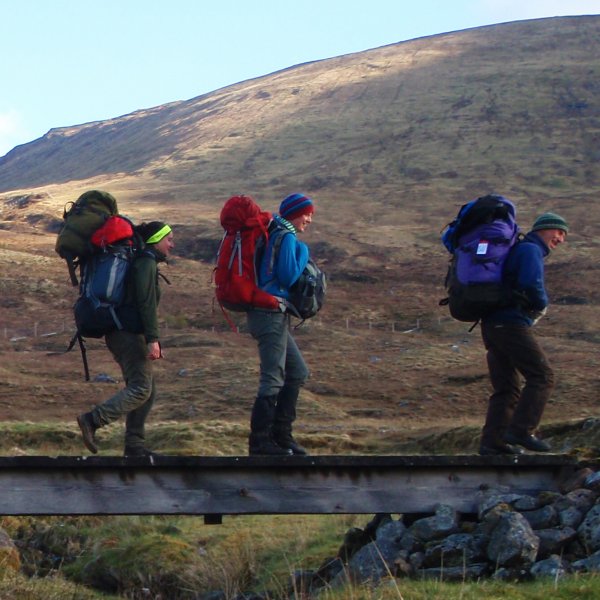6 Ways to Connect with Nature
We may spend time outdoors but do we really see what is happening all around us?
"Often when we feel depleted we reach for a cup of coffee, but research suggests a better way to get energized is to connect with nature."
Richard Ryan, Professor of Psychology, University of Rochester
Is each trip outdoors a journey from A to B filled with the purpose and ambition of running a personal best or bagging a Munro? Why connect with nature in the first place? Beautiful landscapes and physical exercise can really add to our sense of wellbeing, but being still in nature can also offer a nurturing and psychologically beneficial experience. Connecting with nature can help us to gain perspective, calm our emotions and reflect on personal situations. It can transform our relationship with the natural world and even transform our relationship with ourselves.
|
|
1. Be in natureGet outdoors! If it’s 10 minutes each day during your lunch break or a 10 hour hike, finding time to ‘be’ in nature is key. Remove the ‘mission’ of clearing all the weeds from the flower bed or making it to the top of the hill and just give yourself time to be still. Timetable it into your schedule if that helps.
|
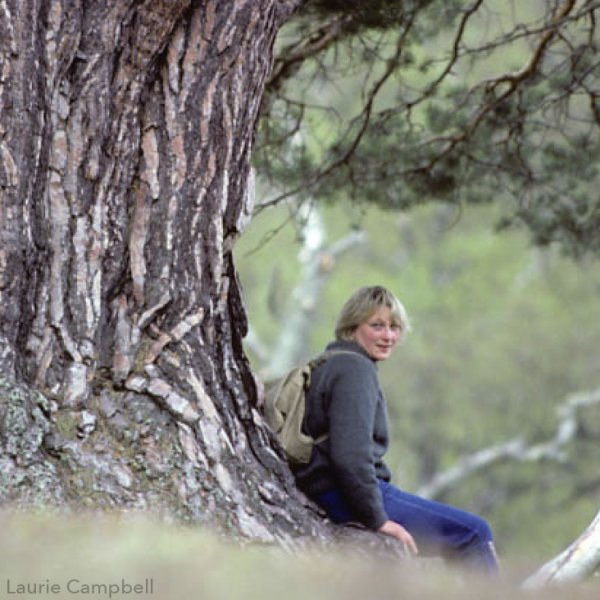 |
2. Create a sit spotChoose a place that you can return to daily, weekly, monthly or seasonally (whatever fits your schedule). Somewhere you won’t be disturbed and preferably gives you a view over a natural landscape. I recommend a native woodland, for its variety. Go to this spot for between 10 mins and 2 hours at a time and simply observe nature. Given time you will start to see the layers of the ecosystem, focusing up close and far away. Returning to this spot regularly you will see the changes in your environment over the seasons. Become part of this landscape through regular interaction with it. |
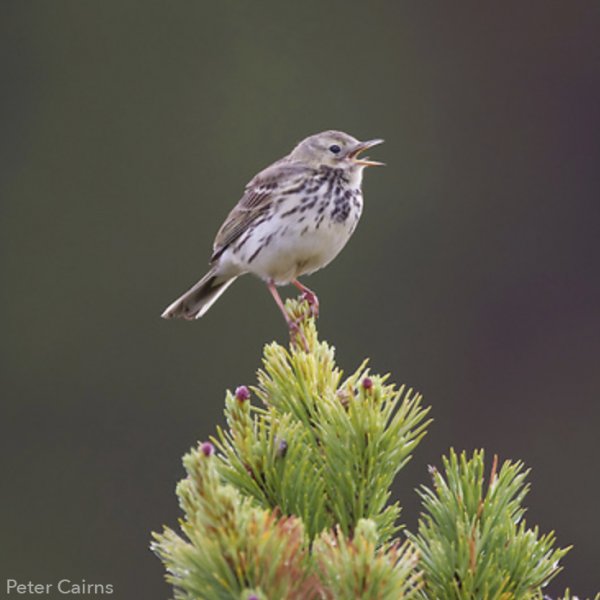 |
3. Use all of your sensesClose your eyes. Listen to your environment, make a mental note of what you hear and how it is close or far away. Take a deep breath and experience the smells. Feel your breath on your top lip as you exhale, feel the wind on your skin. What can you taste? Then finally open your eyes, how far away can you see? Move your vision inwards so that you can see the life just within a few feet of where you are sitting. Allow your senses to deepen your experience of this place.
|
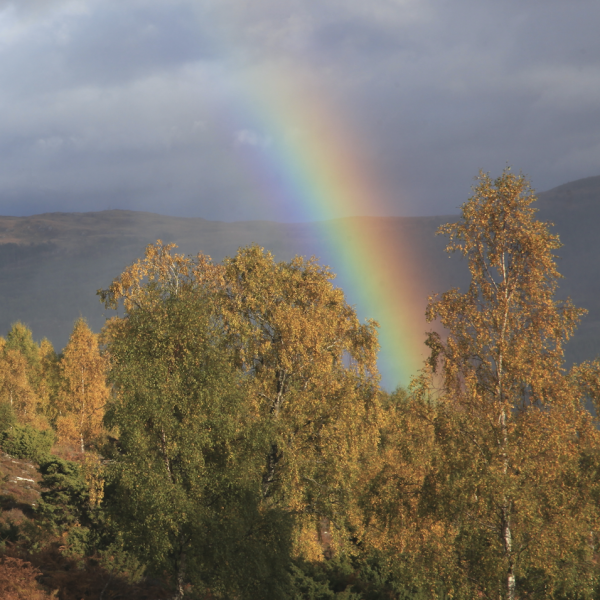 |
4. Be creativeTake a note pad and pen outdoors. Allow yourself time to doodle and record what you can sense around you. Draw what you experience or create a word cloud. What do you notice? How does your mind wander from bees to plants to trees? How do you feel being in this environment? This is a great way to focus your attention on the present and put your distractions and worries at bay. |
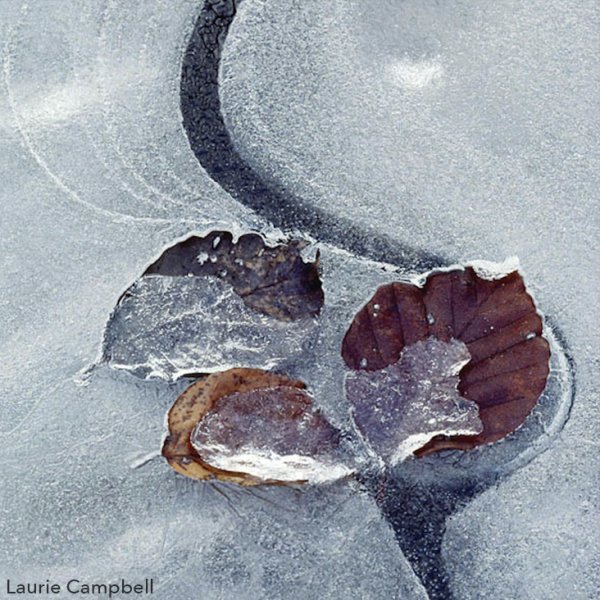 |
5. ReflectThis does not mean go over and over the past in your mind and ruminate about all of the decisions you’ve made that day. The question is ‘what does nature teach me?’ The worker ants purposely carrying food back to their nest as part of a uniform team. The solitary bee visiting each beautiful flower. The resilient tree swaying in the breeze. What do they mean to you? Does this mirror part of your life and how can the behaviour of nature help you to gain a new perspective on your own situation?
|
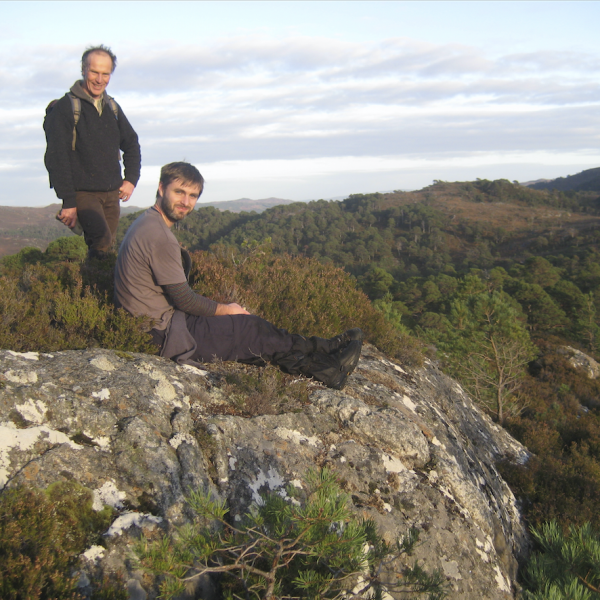 |
6. Share your experienceBring somebody else to your place. Show them what you’ve experienced and share your impressions with each other. Give somebody else the gift of nature for their sense of wellbeing. |
Some of the principles in this article are derived from ecotherapy approaches and methodology. For more information on ecotherapy and connecting with nature:
- Ecotherapy Heals
- Earth for Life.
- Last Child in the Woods: Saving our children from nature deficit disorder, Richard Louv, 2005
- Spending time in nature makes people feel more alive, Article by Rochester University
